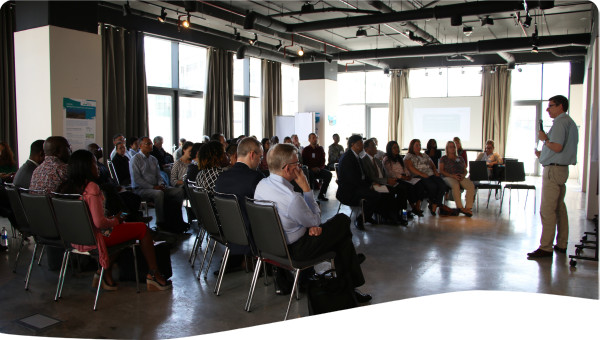Evaluation of investment opportunities in the water sector requires different approaches depending on the goals of investors. Economic and financial evaluations are instruments that help provide valuable information to support NGOs, governments, development banks, and other interested stakeholders, including the general public in case of consultation activities, in their decision making.
For instance, water management in a river basin would require information on polluters, users, environmental impacts, costs and gains (European Commission, 2003) gained via economic assessment. On the other hand, private investors, such as fund managers or multinational utilities corporations, look for low-risk assets that yield a steady flow of profits over time. In that case, financial evaluation is the most pertinent analysis framework to assess the ability of the project to generate adequate incremental cash flows to recover its financial costs (capital and recurrent costs) without external support (ADB, 2017). Finally, in the booming decades of technology ventures, risk fund managers are keen on investing in new water technologies to solve global water challenges. Not only does this kind of investment require a financial valuation of the company but also a detailed review of its whole business plan to identify its potential market value.
Given the scarcity of both water resources and financial resources available in the water sector, rigorous evaluation assessment can help (European Commission, 2003):
- Make the most of the money spent on the projects.
- Optimise the use of limited resources understanding the economic issues and trade-offs when various economic sectors compete for using the same resource.
- Enumerate the potential costs and benefits of a programme, project, or policy initiative and assess the least-costly way to achieve the objectives defined in them.
- Assess the economic impact of proposed policies and programmes pointing out the need to develop supplementary measures (i.e. to compensate losers).
- Assess the potential need to make environmental objectives less demanding taking into account economic and social impacts.
- Support the development of tools and instruments, such as water pricing, pollution charges or environmental taxes.
 Tool -
Tool -


